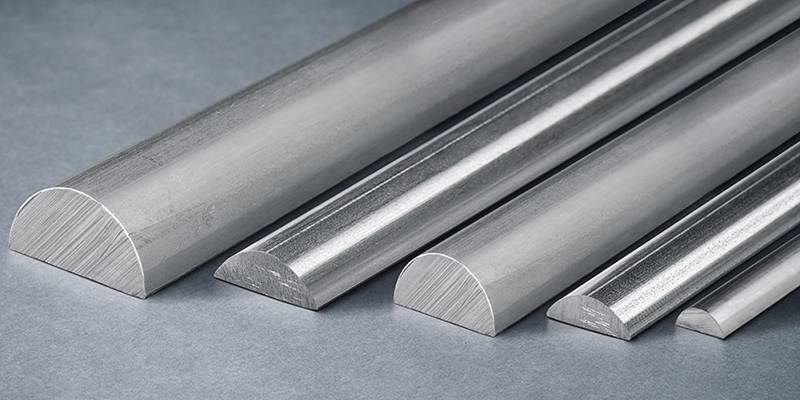- July 22, 2022
Steel materials are extensively utilized in many industries for different applications. Aside from this, you’ll find that steel is also an ideal material for custom prototyping. This is possible using metal manufacturing techniques like precision, CNC steel, and metal machining.
In this steel guide, we will examine the types and properties of steel materials for custom prototyping. We will also walk you through the factors to consider in selecting the suitable steel materials for custom parts and the common processes for steel custom prototyping.
Types of Steel Materials Used for Custom Prototyping
Generally, there are over 3500 different grades of steel. This is because alloy steel components include varying amounts of other metals besides iron.
By modifying these additives, the properties of steel get altered. As such, this brings about the various grades of steel materials with differences in their physical properties. To a large degree, these variations help cater to the growing industrial demands.
Even so, all types of steel belong to four broad categories: Carbon Steel, Alloy Steel, Stainless Steel, and Tool Steel.
Take a look at these types of steel materials used for custom prototyping below:
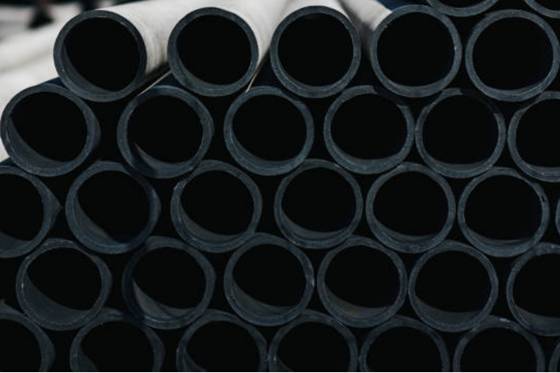
1. Carbon Steel
Carbon Steel comprises carbon content from 0.05 to 2.1% by weight. It also contains varying amounts of other alloying elements. You will find that Carbon accounts for about 90% of total steel production. The carbon constituent of this type of steel determines its properties giving rise to the different types:
- Mild carbon steel
- Medium carbon steel
- High carbon steel
Concisely, carbon steels with higher carbon content have lower melting points. As the carbon content increases, the steel becomes more rigid and stronger. Yet, they become less malleable and weldable regardless of the heat treatment.
High carbon steel has several applications, especially for cutting instruments like chisels, knives, and milling machines. This steel grade is most suitable because it provides the blade with an edge of retention.
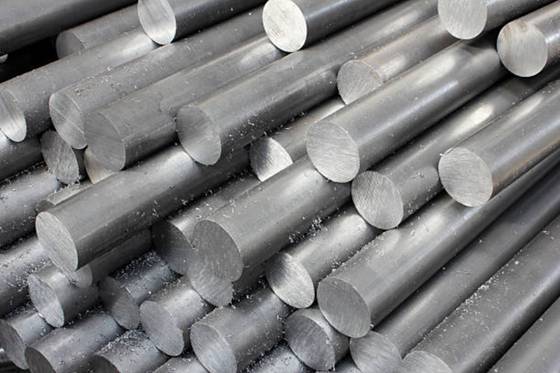
2. Alloy Steel
This type of steel contains iron with specific alloying elements of varying quantities. They include Aluminium, Silicon, Chromium, Manganese, Titanium, and Copper. Other alloying elements include Vanadium, Nickel, Silicon, Molybdenum, etc.
Alloy Steel is versatile and used for building materials that are lightweight and durable. Silicon has magnetic properties that make it suitable for large machinery. Most of the additives of alloy steel have unique compositions that are modified. Then this creates the diverse characteristics of alloy steel. Common desired properties include weldability, durability, corrosion and heat resistance, hardness, etc.
Furthermore, Alloy steel can be further categorized into two:
- Low alloy steel
- High alloy steel
The low alloy contains 1 to 5% of alloying elements alongside iron, while the High alloy comprises iron with about 5 to 50% alloying elements.
Alloy steel apply in manufacturing shipping containers, automobile components, and cutting tools.
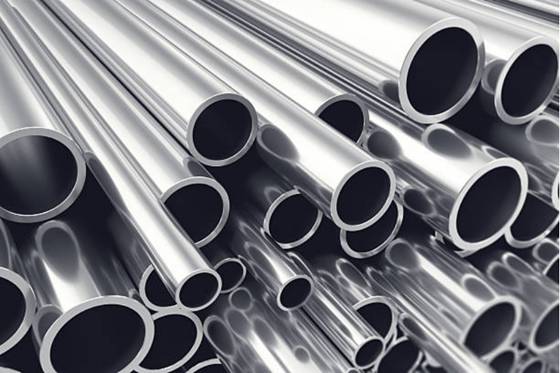
3. Stainless Steel
This type of steel is most applicable in CNC steel machining. Due to its ability to resist corrosion and many other chemical reactions, stainless steel materials are widely used in CNC machining. For example, 304 vs. 306 stainless steel.
CNC Stainless steel contains a high amount of Chromium, about 11% and sometimes up to 20% for specific applications. It also includes other elements such as Carbon, non-metals, and metals.
The effective chromium content makes this steel type unique. This is due to the passive coating formed on the surface of the stainless-steel materials. So, this film helps resist oxidation that leads to rusting of most metallic objects.
Aside from this property, stainless steel has high tensile strength and good luxuriousness.
There are four types of stainless steel which are:
- Martensitic
- Ferritic
- Austenitic
- Duplex
You probably know that stainless steel applies in manufacturing many household items, particularly kitchen utensils. Further, stainless steel is also useful for various building materials and storage containers for hazardous substances.
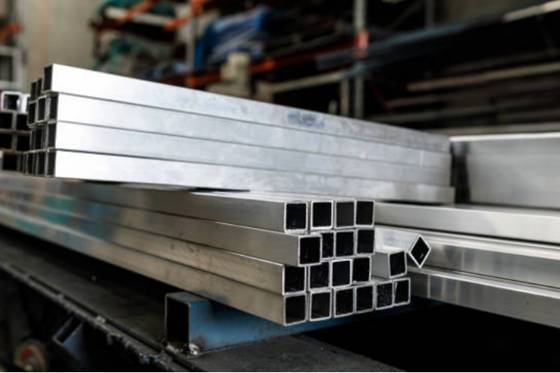
4. Tool Steel
Tool steel contains Carbon and various proportions of metal alloys, including Molybdenum, Vanadium, Cobalt, and Tungsten. These metal elements contribute to the heat resistance, hardness, and durability of this steel type in steel manufacturing. Yet, this steel type has low weldability.
Various tools require different types of tool steel for their production. Therefore, the quantity and type of metal alloys added to tool steel determines the tool’s quality and application after manufacture. Thus, making tool steel suitable for precision machining.
Manufacturers use tool steels for various impact, cutting, and drilling tools. Additionally, this type of steel is pivotal in injection molds for precision steel parts and pressing tools.
There are different types of tool steel which are:
- Shock resistant steel
- Special-purpose steel
- Water hardening steel
- Air hardening steel
- High-speed steel
- Cold-work steel
- Mold tool steel
To a large extent, they all contain varying amounts of different alloying elements.
Properties of Steel Materials for Custom Manufacturing
Steel has several properties that must be considered before custom manufacturing. Below are the properties of steel materials:
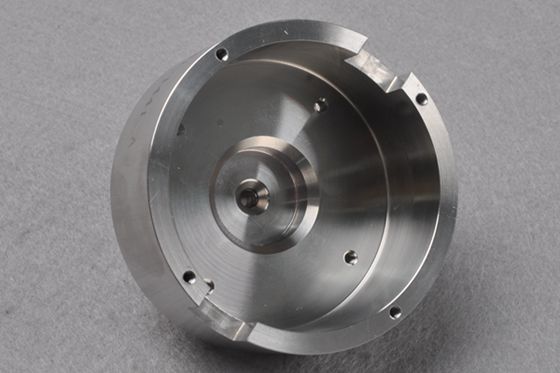
1. Chemical Properties
The bulk of steel components is iron, while the other mainstay constituent is Carbon. But the carbon content of steel does not exceed 2%. Besides Carbon, there are varying amounts of other metal elements in steel.
They include Phosphorus, Manganese, Silicon, Nickel, Tin, Sulfur, and other alloying elements. You can also refer to these elements as trace or residual elements. In vast proportions, these elements are useful for the alloying of steel. Consequently, this generates tell of different properties.
2. Physical Properties
Steel has a high melting point ranging from 1371 to 1540oC. Unlike pure metals, steel contains different metal elements that add to its relatively high melting point.
Furthermore, steel is very dense. Depending on the type of steel material, steel’s density ranges from 7.84 to 8.04g/cm3, about eight times that of water. Steel also has a low weight. You’ll discover that the strength-to-weight ratio is lower than any other building material.
3. Mechanical Properties
Steel has varying mechanical properties, which largely depend on the grade of steel material. They include the following:
- Toughness
- Yield strength, Fatigue strength, Tensile strength,
- Elongation
- Hardness
- Corrosion resistance
- Brittleness
- Malleability
- Creep
Factors in Selecting the Right Steel Material for Custom Parts
Today, there are many materials fabricated in steel manufacturing industries. As a result, selecting the proper steel materials to produce custom steel parts can be challenging. Also, with the recent technological development and innovations in metal machining, there is a need to keep up with the growing trend by making informed choices of steel materials that will suit your needs.
Hence, we have highlighted some vital factors to consider in selecting the suitable steel material for custom parts below:
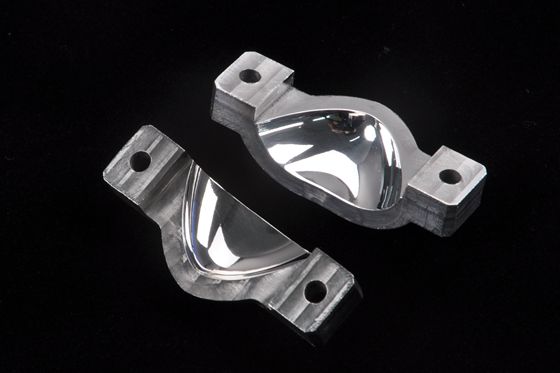
1. Potential Use of Product
For starters, having a clear picture of your steel product’s purpose or potential use will help you select the right steel materials. You must also consider the other components that will interact with your steel prototypes. Additionally, consider the likely conditions of use of the steel prototypes.
In the long run, using the proper steel material will elongate the lifespan of the custom steel parts.
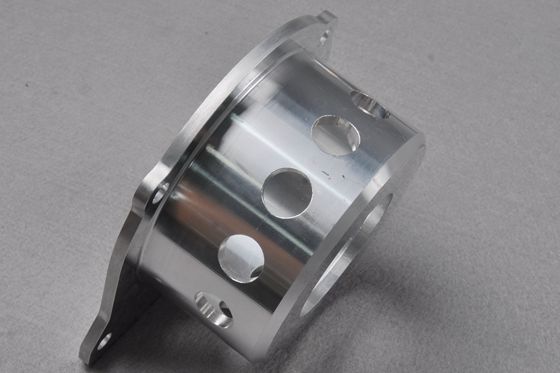
2. Prototype Size
You must examine the size of your steel prototype, especially the length. This is because each manufacturing technique ranging from roll forming to casting can only fabricate a specific metal length. For instance, roll forming allows you to manufacture custom steel parts up to 53 feet in length.
Thus, you must analyze the prototype size to choose the right material and the suitable manufacturing process.
3. Cost
Perhaps you are looking to manufacture a massive quantity of steel prototypes. Then it would be best to examine the cost of the steel material required. This will further help you reflect on the available alternatives of steel materials that fit your budget.
4.Properties
Furthermore, before manufacturing, you must check the properties required for your custom steel parts. As such, choosing the steel grade with appropriate physical, chemical, and mechanical remains essential.
Hardness and strength are some of the most sought-after when selecting the suitable steel material for custom part manufacturing.
Common Machining Processes of Steel Materials
Custom machining is more popular than ever, owing to its several benefits. What’re more current trends suggest that this rise will continue. Below we will consider some common machining processes for steel materials.
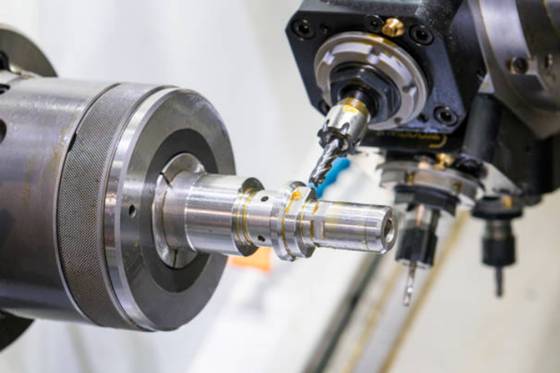
1. CNC Turning
The primary objective of CNC turning is to reduce the diameter of steel material to the desired dimension. This manufacturing process requires affixing bars of steel material in a position and rotating them at speed. At the same time, a tool is fed to the piece, removing materials until the needed shape is formed.
Turning is common with all steel types and allows for the fast manufacturing of high-precision, intricate prototypes. Experts apply this process to steel materials with holes, grooves, threads, steps, and contoured surfaces. Practically, this process allows for the manufacturing of bolts, bearings, fasteners, screws, pins, thread rods, fittings, etc.
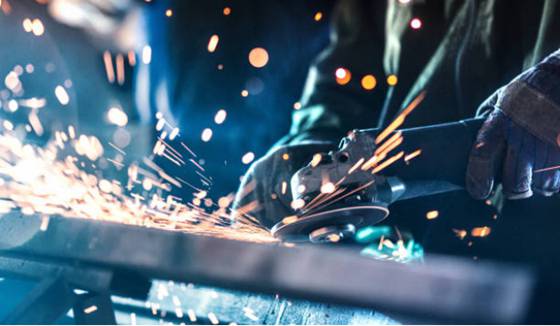
2. Grinding
CNC grinding involves moving a grinding wheel in a plane. As such, the wheel contacts the workpiece and removes material to create a flat surface with accurate thickness.
Experts often reserve this process for steel prototypes that require high tolerance (0.002mm) and a diameter between 10 and 400mm. Therefore, its use is common with automobile and mechanical parts, shafts, gears, needle tubing, valves, etc.
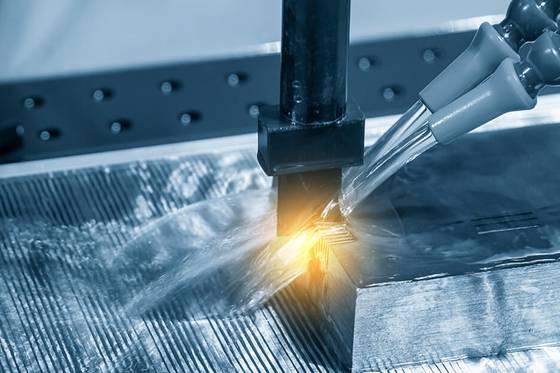
3. EDM
Electrical discharge machining, also spark machining, is a general metal manufacturing process applied in custom steel prototyping. This thermal process allows the fabrication of steel materials into the desired shape using electrical discharge.
This CNC process is common in manufacturing steel parts with top-notch, burr-free surface finishes and tight tolerances. Since the tool and the workpiece do not actually touch, this process allows for the prototyping of delicate and geometrically complex custom steel prototypes.
Conclusion
Steel materials remain essential in most engineering and construction industries today. Before manufacturing, design and manufacturing engineers must assess steel grade, among other factors. Aside from this, the need for high quality custom parts and prototypes in steel cannot be ignored.
WayKen - Your Custom Steel Parts Expert
At WayKen, we specialize in CNC milling steel, turning, precision machining and 5-Axis CNC machining to meet your specific product design needs. Our experienced and reliable engineers are ready to respond to all of your steel machined parts.
Do you want to source your metal parts? Our cutting-edge technologies assure quality, precise, and affordable custom prototypes and parts at any volume.
Contact us today for one-on-one support service, and you will get a response within 12 hours.
FAQ
In which industries will steel materials be used?
Steel materials have numerous applications across different industries. The notable ones include energy, automotive, construction, packaging, and machinery.
What type of steel is used in steel production?
Carbon steel is the predominant steel material in steel manufacturing. Hence, it accounts for 90% of total steel production. Carbon steels have a wide application range across different industries, ranging from construction to machinery.
How are steel alloys made?
Alloy steels are made by adding one or more alloying elements to carbon steel. These elements are Nickel, Titanium, Copper, Chromium, Manganese, Aluminum, and Silicon. The main reason for combining these metals is to generate specific properties absent in ordinary carbon steel.

